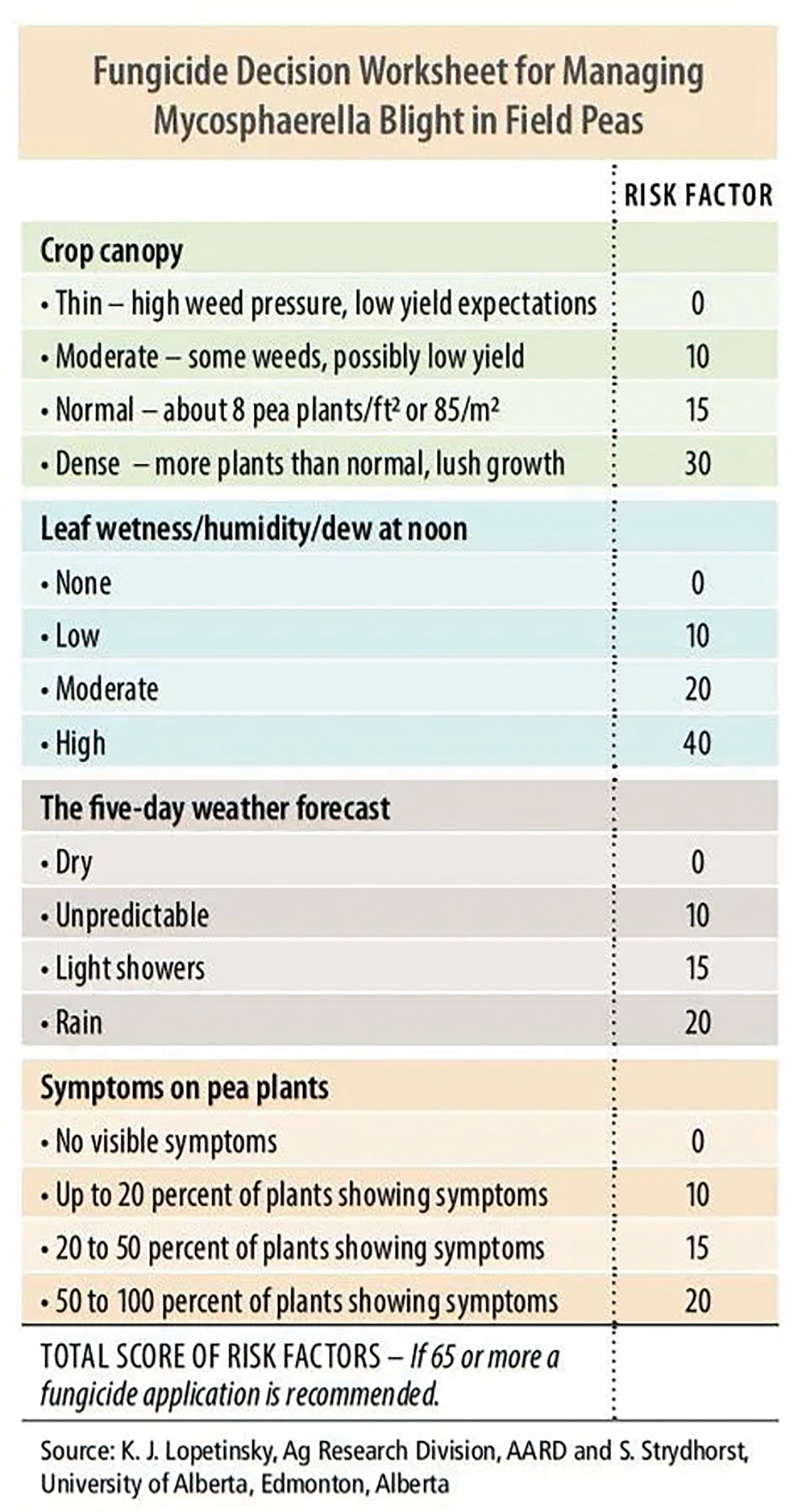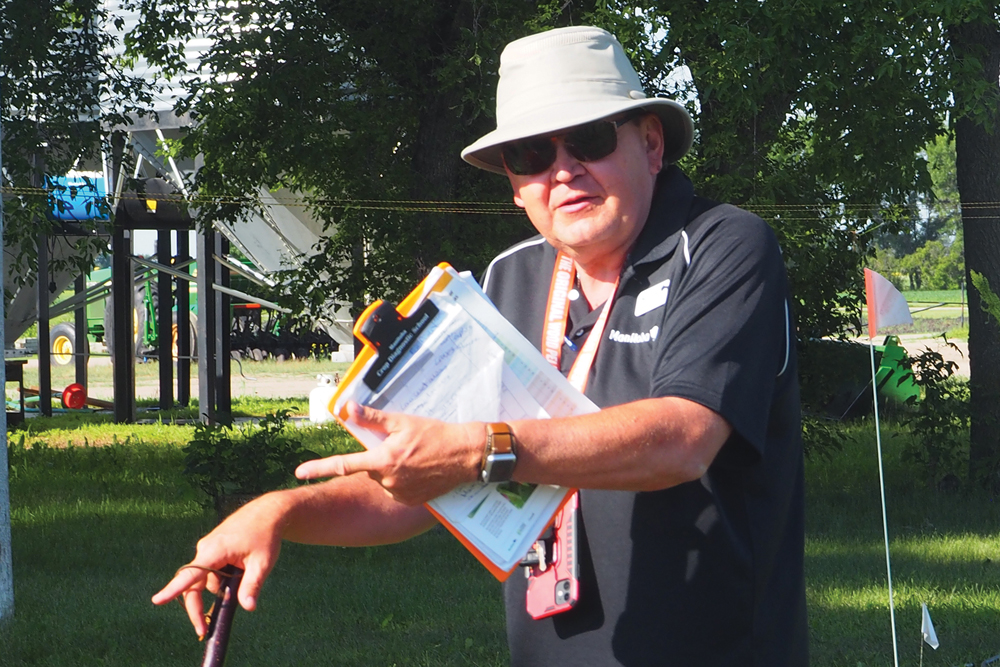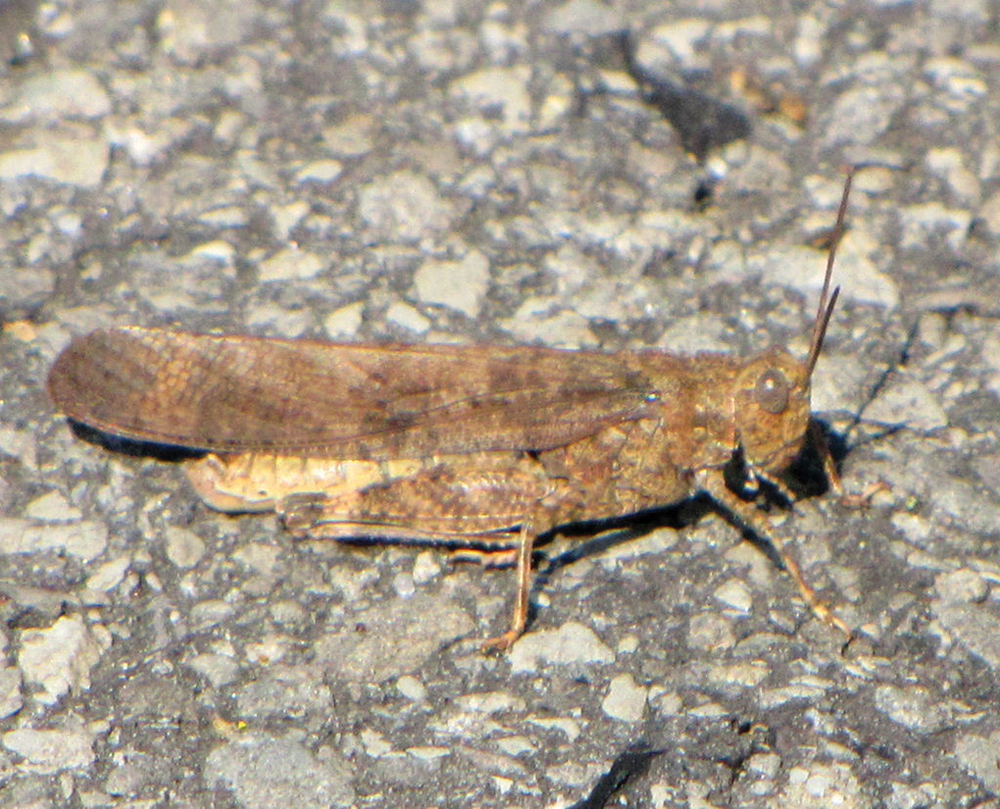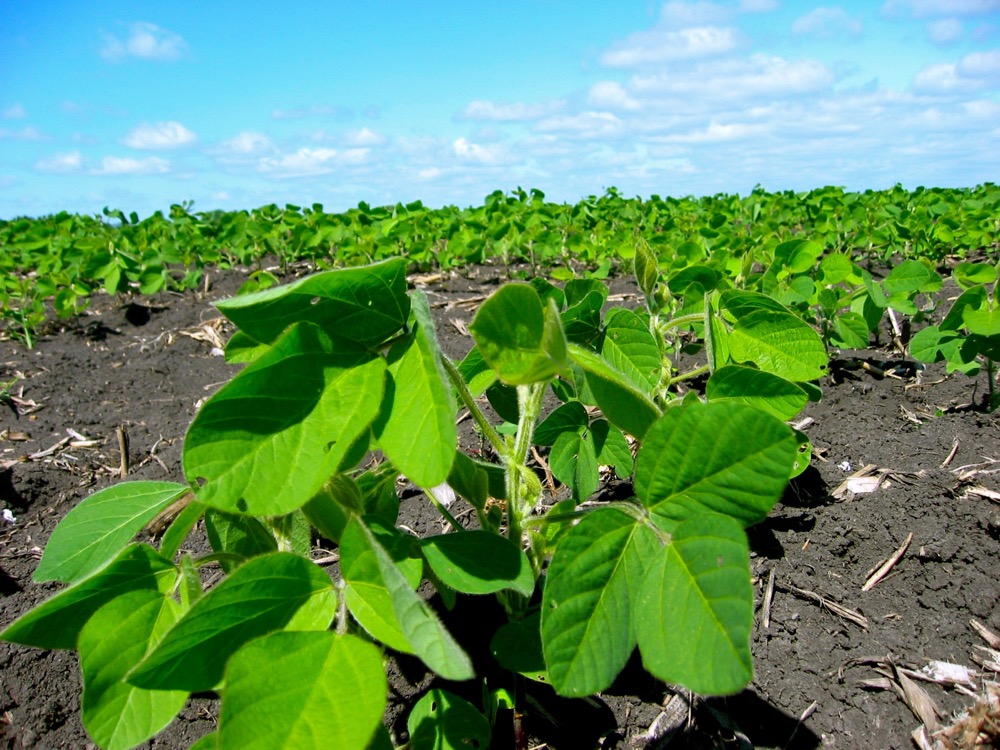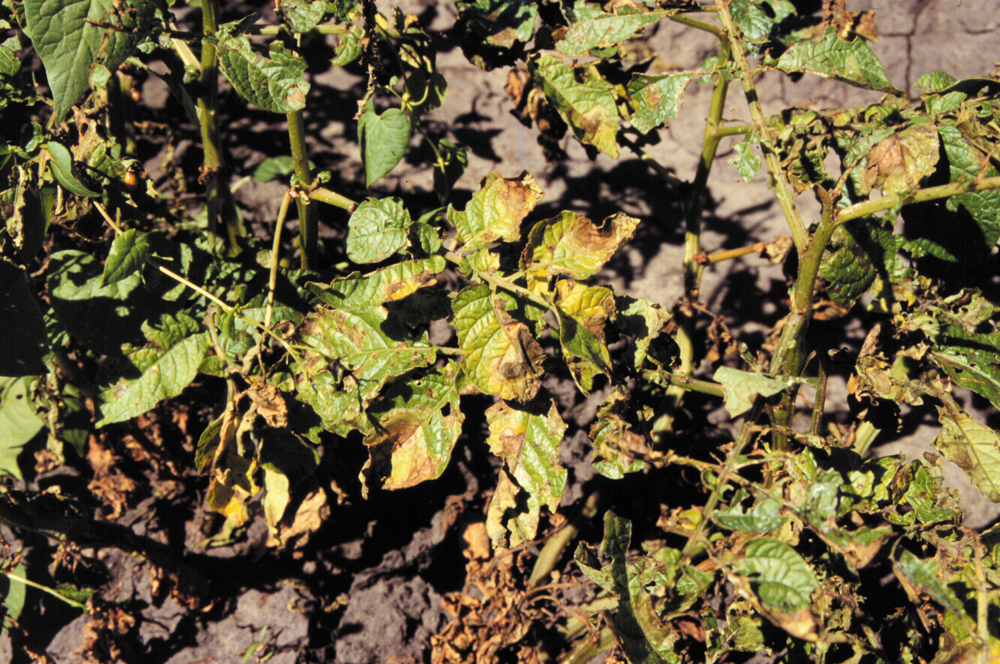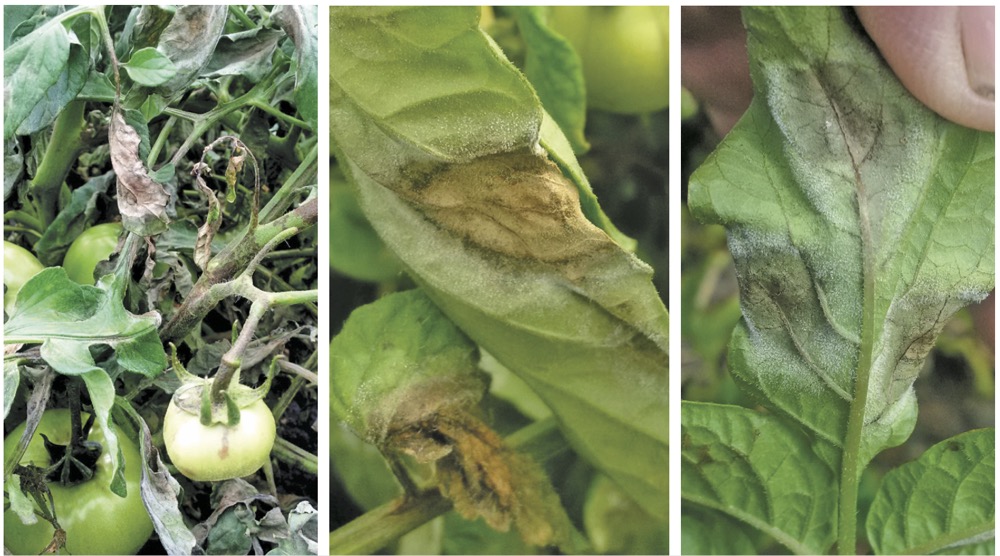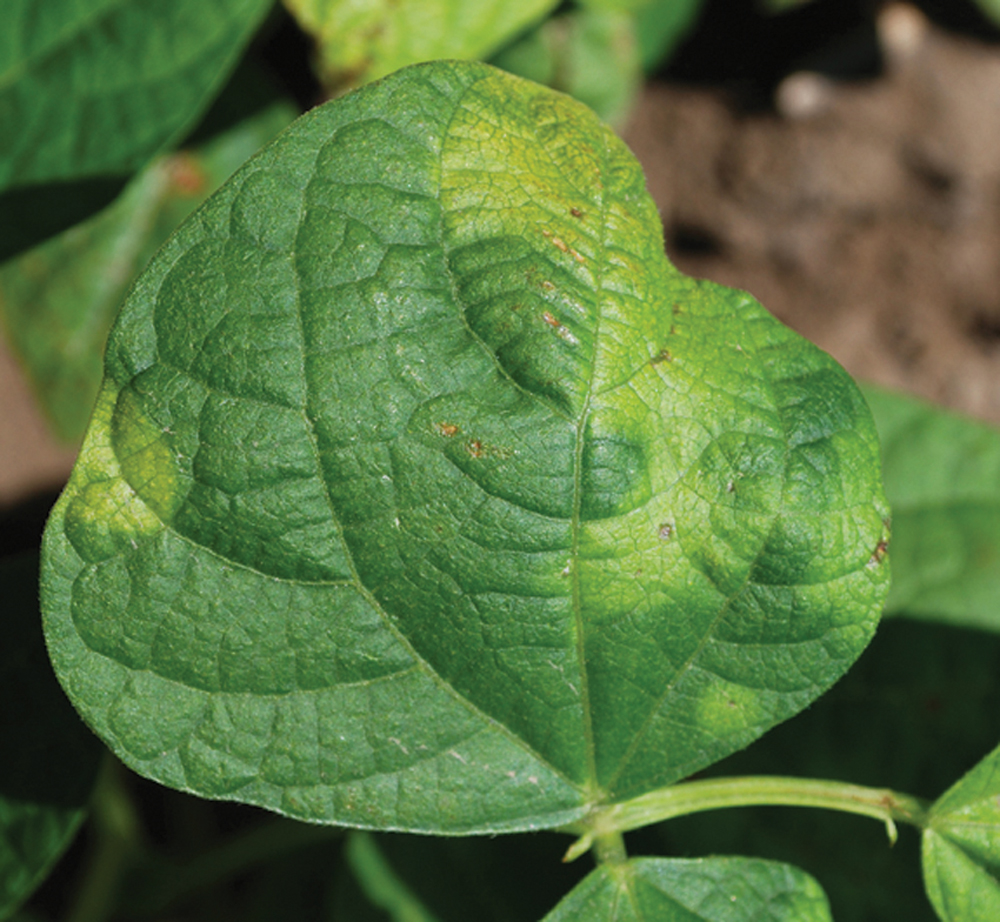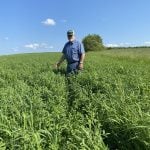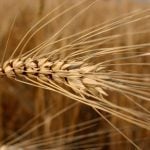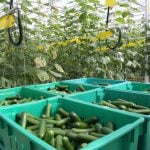Manitoba agronomists recommend that farmers scout now for mycosphaerella blight in field pea crops.
High moisture conditions this year are likely to result in more disease pressure.
“The scouting time would be right around early flowering and some fields have started to flower already,” said Dennis Lange, provincial pulse specialist.
According to Manitoba Pulse and Soybean Growers, “mycosphaerella blight is the most widespread and economically damaging foliar disease of field peas in Manitoba.”
WATCH THIS: Dennis Lange discusses spray-timing a fungicide for mycosphaerella blight in peas.
Read Also
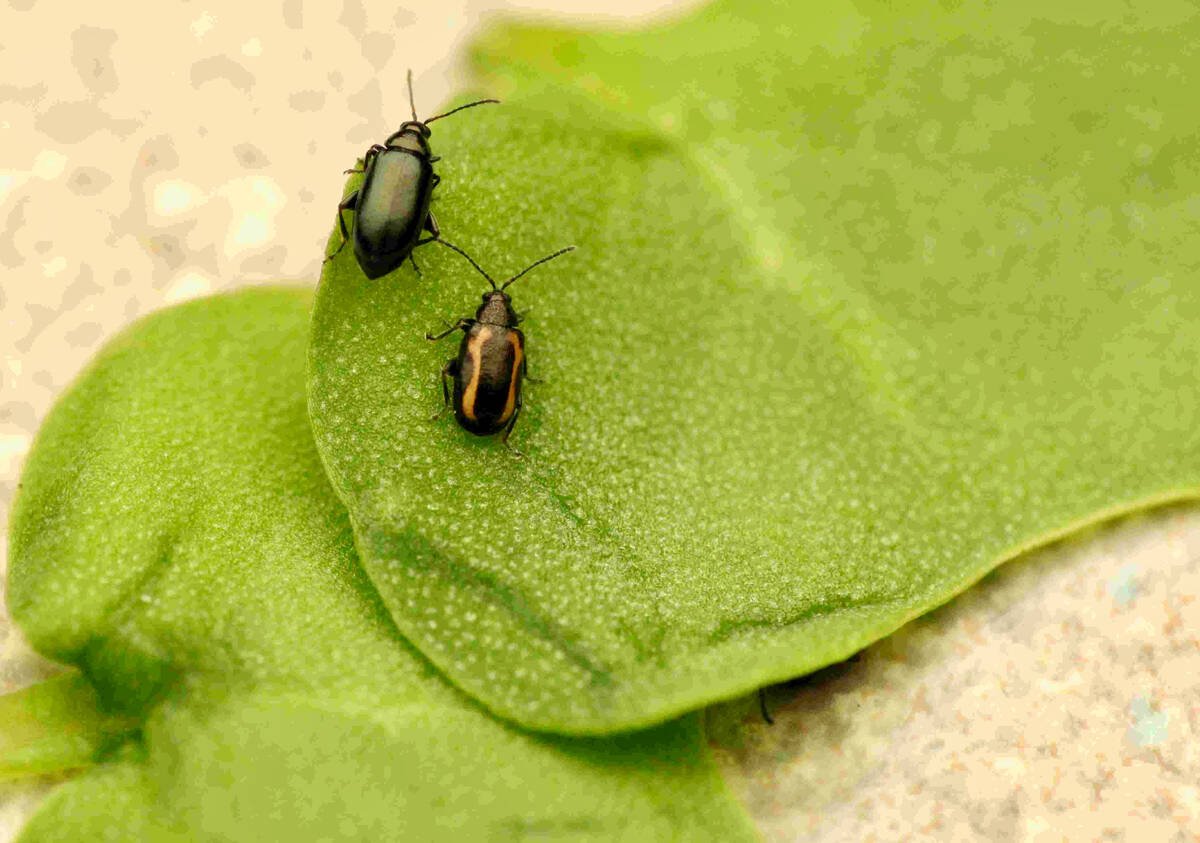
RNAi research looks for genetic-level flea beetle control
A Vancouver agri-tech company wants to give canola growers another weapon, hitting target insects at the sub-cellular level, for use in the never-ending battle against flea beetles.
It only affects peas and can be controlled by foliar fungicide. Most pea crops are infected with the disease every year. The earlier the infection sets in and the quicker it moves up into the canopy, the greater the effect on yield.
“The thing you’re looking for in the lower canopy is those purple freckles,” Lange said. “And sometimes you have to kind of spread the canopy back to really have a closer look.”
Lange notes that mycosphaerella is easy to mistake for bacterial blight, particularly if there’s been hail damage.
“Usually that’s what ends up happening when you have some severe weather that goes through,” Lange said.
However, there are a few distinguishing factors to identify both mycosphaerella and bacterial blight.
“One of the first things with mycosphaerella, it’s more about purpling discolouration like purple freckles, where bacteria is more yellow, yellow or brown, sometimes you see a bit of a yellowish ring around it,” he said.
“The other distinguishing factor is that with bacterial blight, the lesion generally stays within the veins. It doesn’t go across the veins as the disease develops.”
Also, bacterial blight is likely to be more widespread, “especially given the weather we’ve had,” Lange said.
Even with last year’s dry conditions, mycosphaerella spores can survive. Lange described an experiment at the Crop Diagnostic School earlier this month in which straw from last year’s pea field was put into the plots to see if there would be more infection. There was.
“That just tells us that even in a dry year, the mycosphaerella is there,” Lange said.
He encourages growers to use the mycosphaerella checklist to determine the extent of infection. It also offers a rating scale to determine when to spray.
“Ideally, you want to be at least 65 before you spray,” Lange said. “The reason we do that is so that when we’re targeting spray application, we want to target the best timing.”
Every field is going to have mycophaerella at some point in the growing season, he said, but fungicide shouldn’t be applied until infection levels reach the threshold. Then the application is more likely to last long enough to control the infection for the long-haul. If applied too early, the infection could return when the effect of the fungicide wears off.
“You want the spray to be late enough to carry it through to early pod-fill,” Lange said.
